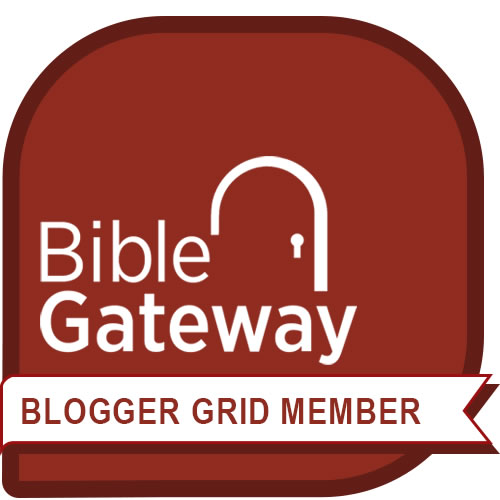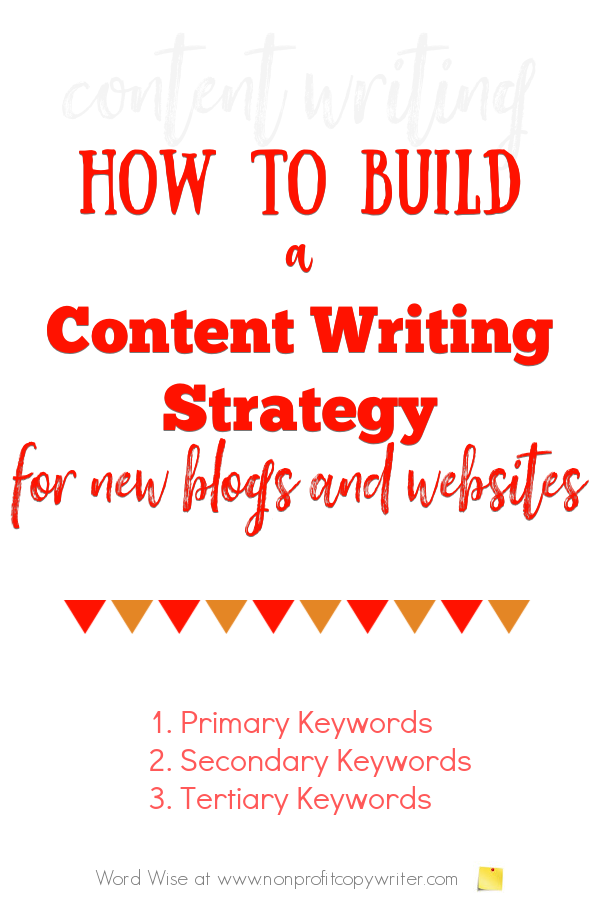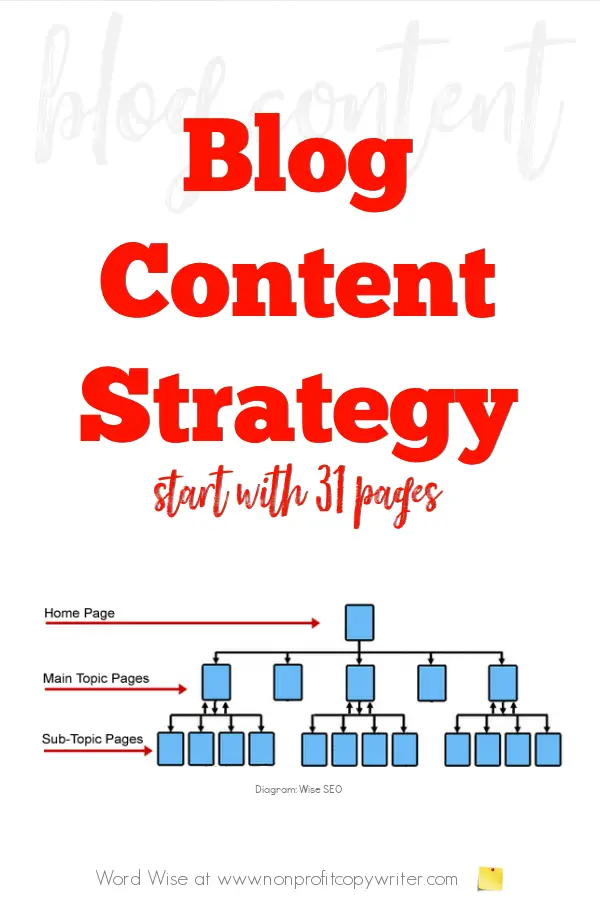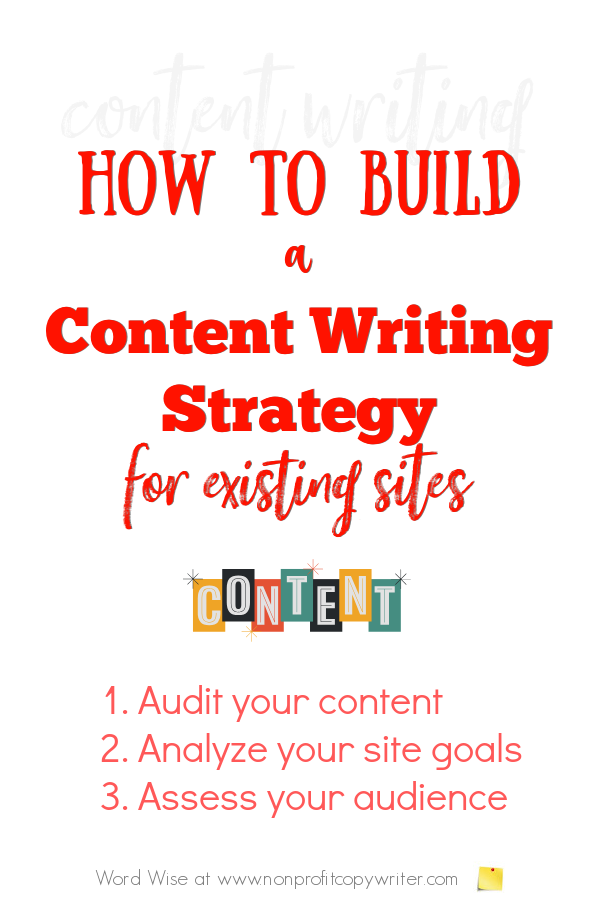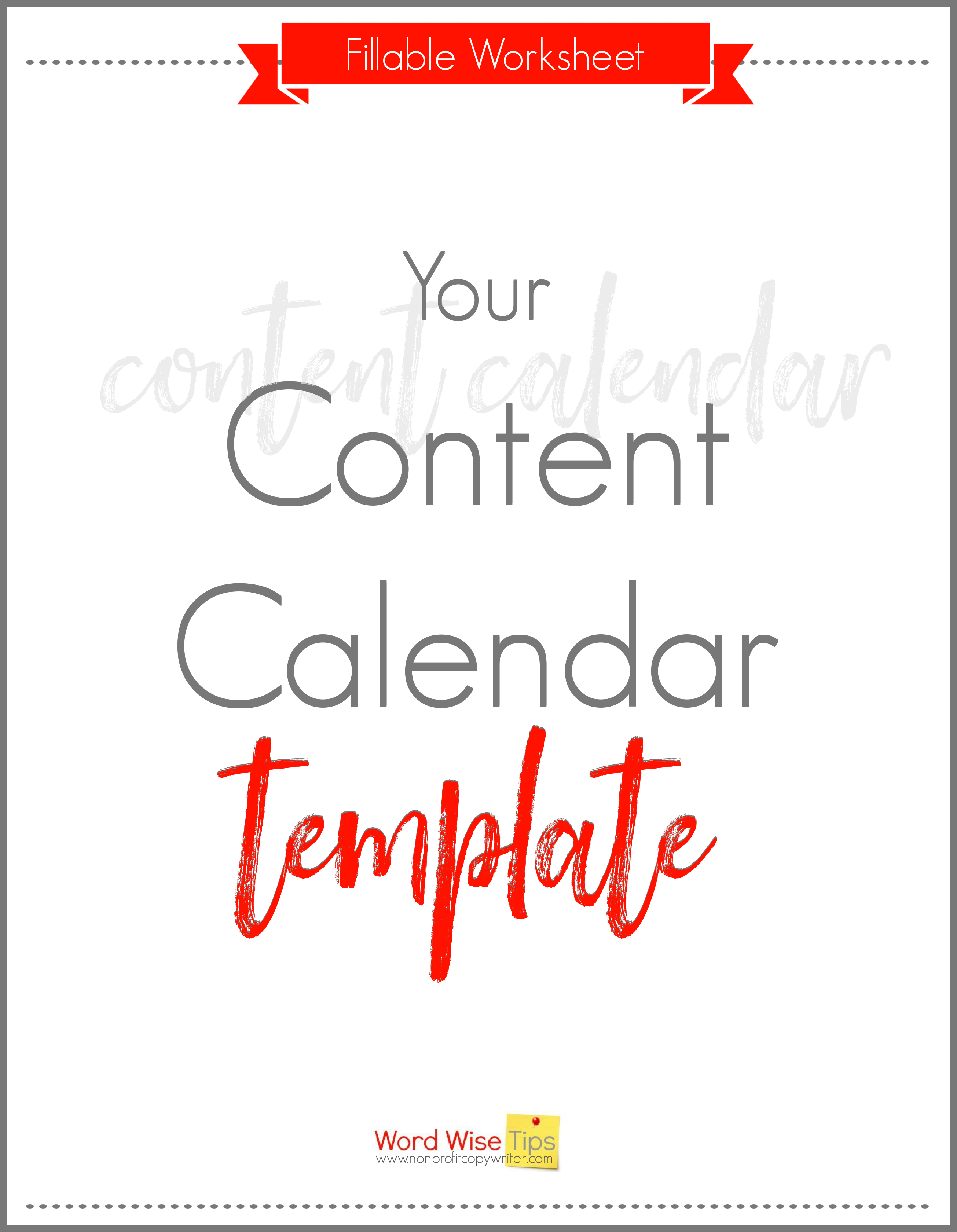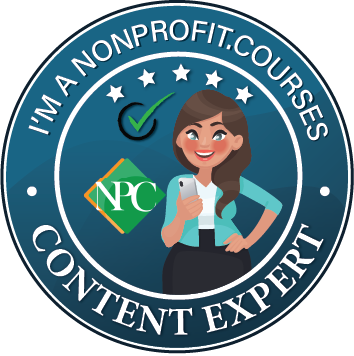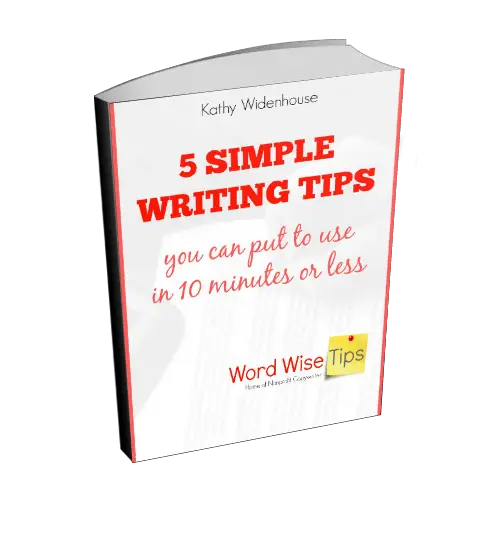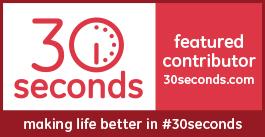Save Time: Get 5 Simple Writing Tips
you can put to use in 10 minutes
How To Build a Content Writing Strategy for Your Blog or Website
Award-winning writer Kathy Widenhouse has helped hundreds of nonprofits and writers produce successful content , with 750K+ views for her writing tutorials. She is the author of 9 books. See more of Kathy’s content here.
Updated 8.21.25
When you start a blog or website, you may not even think about a content writing strategy. You’re too busy choosing a domain, enrolling with a web host, and picking a template. After that, you’re gung ho about your first post.
Up it goes, live, and you can’t wait for the world to read your masterpiece. Friends and family log on and read and comment. But then … crickets. Or confusion. What do you write about next?
If your blog is truly a weblog — an online journal of your journey through cancer or raising an autistic child or single living in a city — then you needn’t worry about a content writing strategy. You’re simply recording your personal experiences. Your goal is less about gaining a following and more about processing your experiences in words.
But if you want more visitors to your blog or website, you need a different approach. A strategic one. Even if your site has been online for a while.
Create a content writing strategy and you’ll save time wondering what to write next.
Your content writing strategy will be different if you’ve got a new blog or website … or if yours has been around for a while. Here's what I mean.
How to build a content writing strategy for a new blog or website
1. Identify main keyword phrases
A healthy blog content writing strategy starts with building anchor pages. And to build anchor pages, you need to identify your blog’s keywords. Keywords are terms and phrases that define a piece of content. What will your site be about? Answer that question to choose your site’s primary keyword phrase.
Search engines feed on keywords for page results rankings. The keywords you choose drive readers to your website or blog platform for free. That’s called organic traffic. Your site’s primary keyword summarizes your site content. It’s the foundation for your content writing strategy.
Let’s say you’re an angling enthusiast and want to write a blog about night fishing. Your main keyword phrase? Simple — “night fishing.” You’ll use that phrase for your homepage.
2. Identify secondary keyword phrases
Now do a little homework. Your goal is to identify a list of keyword phrases you can use to build additional anchor pages in your site structure — and in turn, a blog writing strategy. What kinds of information are important for “night fishing”?
You do a bit of keyword research (here’s how) and discover additional keywords that return high in search results:
- Night fishing in a boat
- Night fishing in saltwater
- Night fishing in rivers
- Night fishing lights
- Night fishing near me
These terms are now your secondary keyword phrases. They’ll become anchor pages on your site and form the backbone of your blog’s navigation. You’ll link to them from your navigation.
Over time, you’ll add more to your list of secondary keyword phrases and build a more robust site structure. But now, you have an additional five pages to write (in addition to your homepage) and keywords to use to guide you.
3. Dig even deeper to choose tertiary pages
Your content writing strategy does not go willy-nilly at this point. Instead, you’re even more purposeful. You dig a little deeper with keyword research into each of the secondary keyword phrases you’ve identified.
Let’s do an example with “night fishing lights” — one of your secondary keyword phrases and an anchor on your navigation bar. Your research reveals these helpful keywords.
- Night fishing light set up
- Night fishing lights for boats
- Night fishing lights for rods
- Night fishing lights for crappie
- Night fishing spotlights
These keyword phrases become your tertiary pages. Write a post on each topic. Then link to these pages from their parent page on the navigation.
Add it up: you’ve got 31 pages to write
Your research has given you a plan! You have a homepage and five secondary pages to write. These anchor pages give your blog a starting structure. And attached to each of those anchor pages are tertiary keyword phrases — at least five of each of them for your secondary pages — to give your blog depth.
That adds up to a grand total of 31 posts to write. They are posts that are strategically chosen to help build your readership and build your rankings because they’re based on keyword research. You have the foundation for a content writing strategy that works — and you can add secondary and tertiary pages along the way, following the same approach.
Now, work your plan. Write 31 quality posts. When they’re on your site and live, collect additional keywords to add more anchor pages and more tertiary posts. Your blog will grow, one page at a time. Soon, you’ll become the web’s go-to expert on night fishing … or your own specialty niche.
How to build a content writing strategy for an existing
blog or website
Your blog or website has been online for a while – but you don’t have a content writing strategy. Or it’s been more than a year since you last created yours. It’s time for an update.
Nurture your site back to health by taking these 3 steps.
1. Audit your existing content
- Start by assessing what content you already have. Identify high-performing posts. Go to Google Analytics and make note of the pages that return highest on search results or get the most clicks and comments. You may notice that some of these pages center on one or more subtopics or secondary keywords. This is valuable information that allows you to ..
- Note the gaps in topics or formats. Back to our night fishing example. In the course of your audit, you notice that a couple of your posts about “night fishing lights” get the most clicks. Yet there are at least a dozen additional pages you can write about that topic. Doing so will create a topic cluster – and in the process, search engines will recognize that your site covers “night fishing lights” in detail to qualify you as an expert on this subject.
- Identify outdated content that needs refreshing or removal. Update facts and statistics so they’re current. If your content is evergreen, find areas where you can add to it. Create new images in PicMonkey or Canva and add them to your old pages.
2. Analyze your site goals
Ask, “Has my content writing goal changed?” Clarify what you want to achieve: increase traffic (work to optimize your site’s SEO), improve engagement (use conversational tone, multimedia, interactive content, and storytelling), generate leads (offer free downloadable lead magnets and calls to action), or enhance brand authority (use original research, data, and unique insights in your content). If so, than plan your content updates accordingly.
3. Assess your audience
Assess your audience
How is your audience target the same or different from the readers who actually read your content? Check your analytics to see if you must rewrite a description of your ideal target reader.
Plan and track your content with the refillable, re-usable Content Writing Template
Now, develop your new content writing strategy
From your audit
- Develop a content calendar outlining new topics to write about, pages to update, and formats to try. For instance, perhaps your past content included only still images, but now you decide to add video. And if you’ve got a pile of keywords that you’ve not yet used, now is the time to plan posts for those topics.
- List publication dates. Work in time for research and content creation, especially if you intend to include new formats like infographics or surveys. You need the wiggle room to acquire those skills.
- Plan your content writing calendar in 3-, 6- or 12-month increments. You can adjust as you move through your schedule.
From analyzing goals
- Write down the main objective you want to achieve with your blog or website.
From assessing your audience
- Check your analytics to see if you must rewrite a description of your ideal target reader.
Now, work your plan. Your blog will grow, one page at a time. Soon, you’ll become the web’s go-to expert on night fishing … or your own specialty niche.
More Blog Writing Tips
How to Create a Content Strategy You Can Stick With ...
What are Your Content Pillars?
4 Types of Content: The Magic Is In the Mix ...
How To Write Your Personal Brand Statement (with an easy template) ...
Use a Blog Post Worksheet to Save Time and Frustration ...
The 20-Minute Blogger (eBook or paperback) ...
What Is a Blog … and How Does It Work?
How to Create Valuable Content (Not Informational Junk Food) ...
Want Steady Traffic? Write 3 Different Types of Articles that Deliver ...
Avoid the Biggest Guest Blog Post Boo-Boos ...
4 Different Types of Bloggers That Succeed: Which Are You?
How to Use The Rule of Seven to Get More Readers ...
The 20-Minute Blogger: Take a Writing Course That Saves Time ...
Free Online Micro-Course: Why Build Your Blog?
A Simple Content Calendar Template for Bloggers and Solopreneurs ...
Content Writer vs Copywriter: What’s the Difference?
The Most Successful Blogs Avoid These 13 Mistakes ...
How To Make Money From Blogging: A Quick Tutorial ...
How To Write An Opening Paragraph for Your Blog Post ...
How to Create a Content Calendar ...
3 Tips for Writing a Tagline for Your Blog or Biz ...
Free Download: Top 10 Blog Writing Tips Checklist ....
6 places to use keywords in web pages and blog posts ...
Long Tail Keywords: A Quick Guide to Using Unpopular Search Terms ...
Keyword Glossary: Quick SEO Jargon at Your Fingertips ...
What Is SEO Content Writing? Tips for Strong Search Results ...
More Blog Writing Tips on our Pinterest board ...
Return from How to Build a Content Writing Strategy for Your Blog
to Nonprofit Copywriter home
As an Amazon Associate I earn from qualifying purchases.
Share This Page

Named to 2022 Writer's Digest list
BEST GENRE/NICHE WRITING WEBSITE

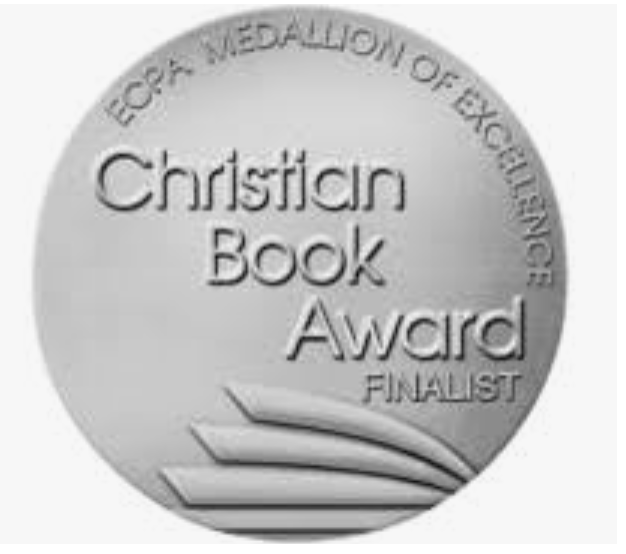
Stop Wasting Time!
Grab your exclusive FREE guide, "5 Simple Writing Tips You Can Put to Use in 10 Minutes or Less"
